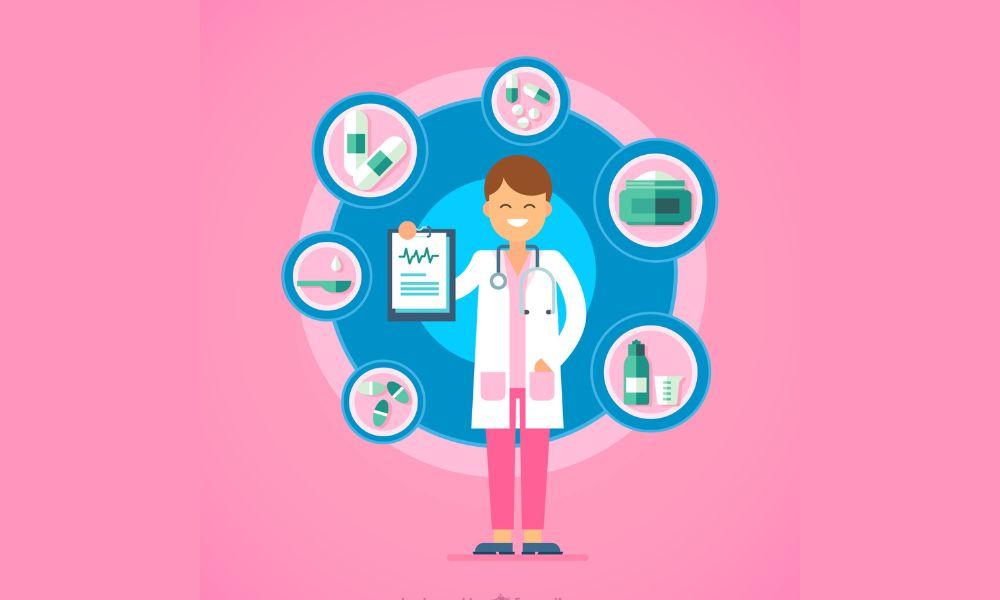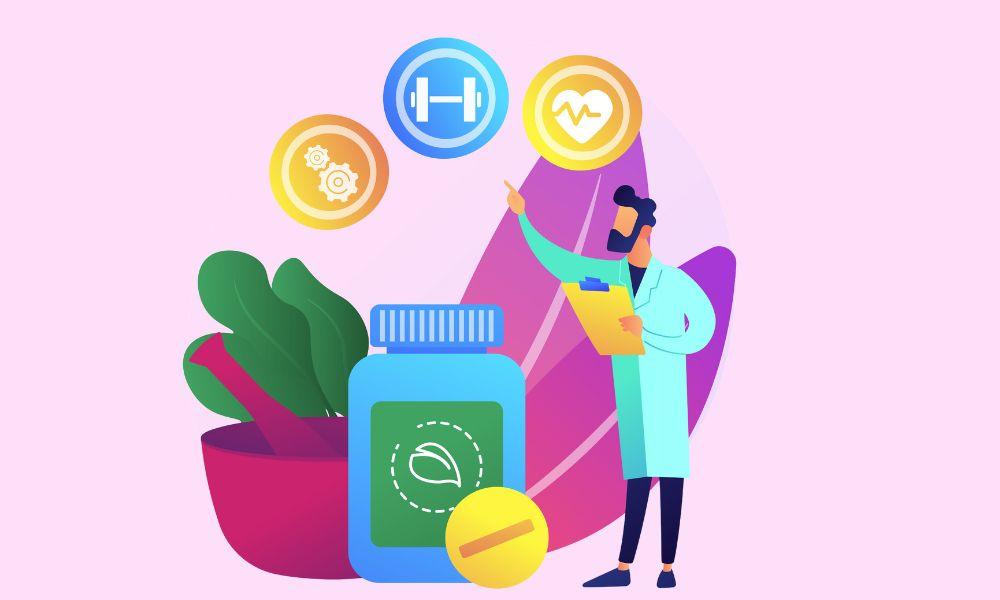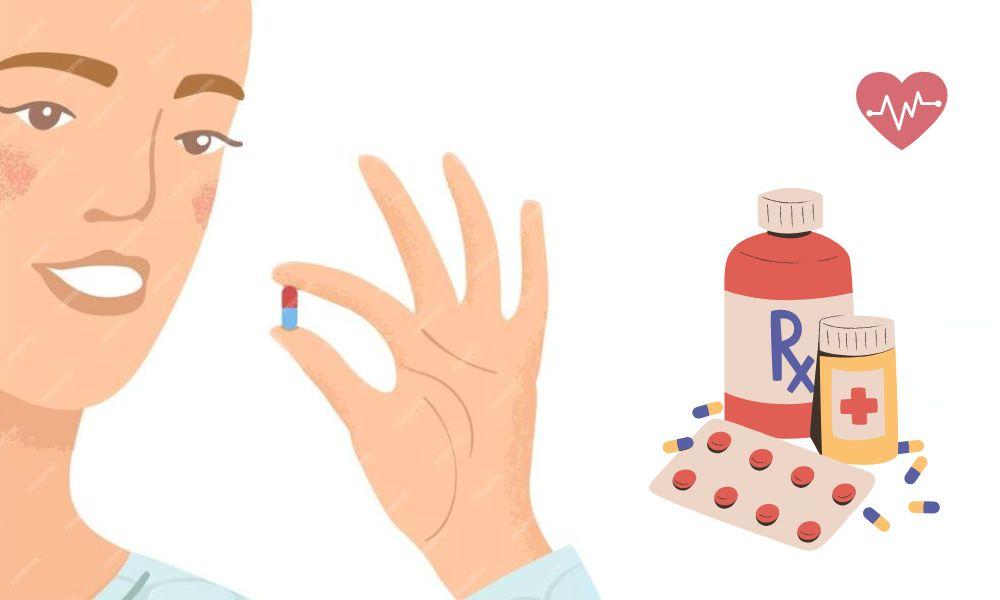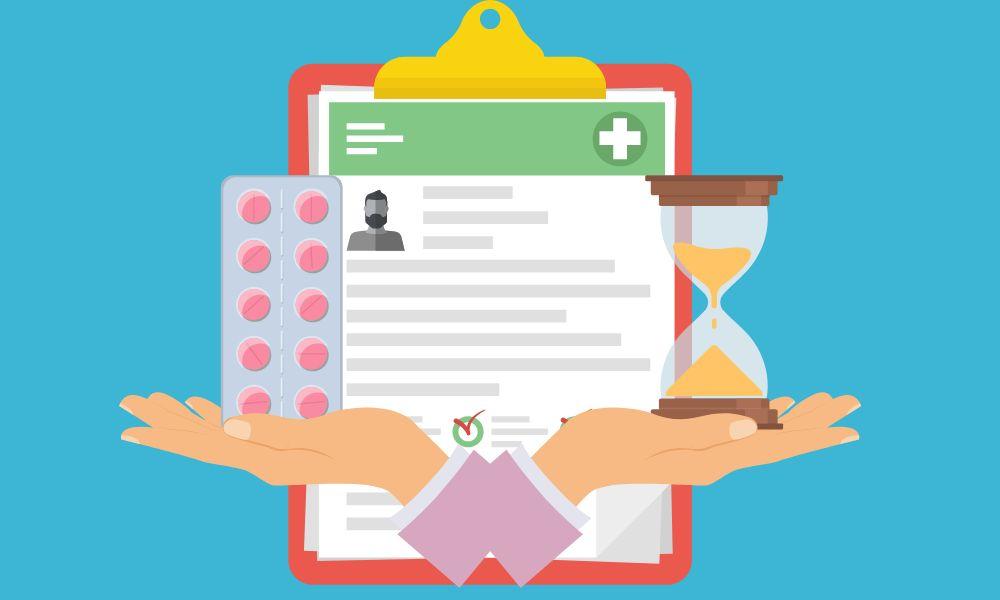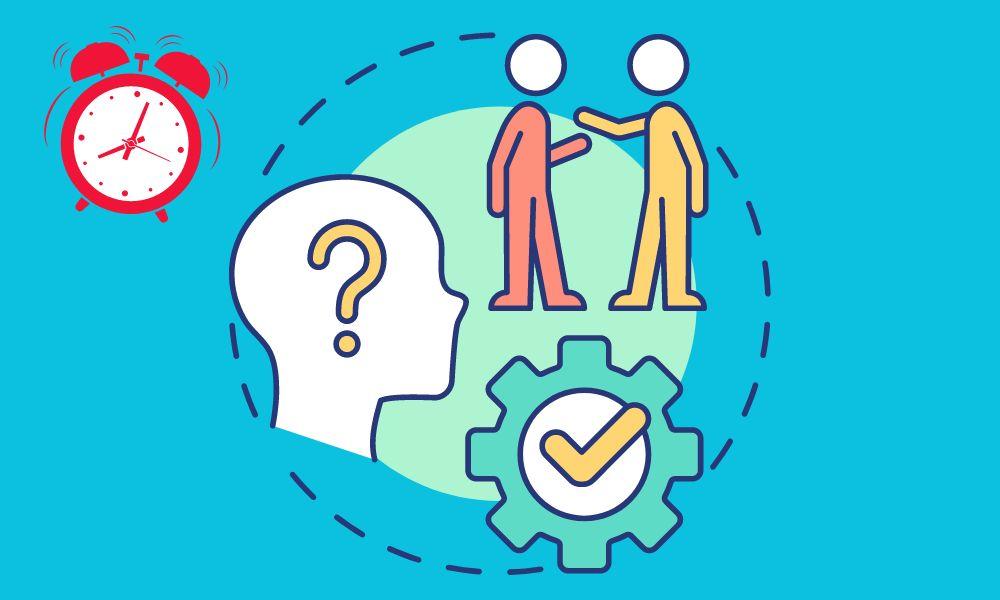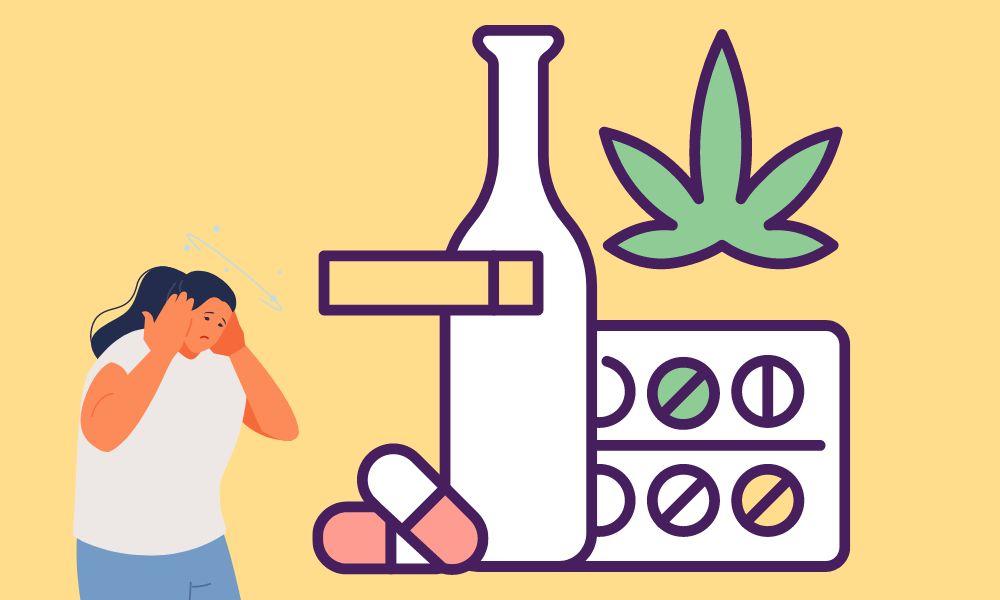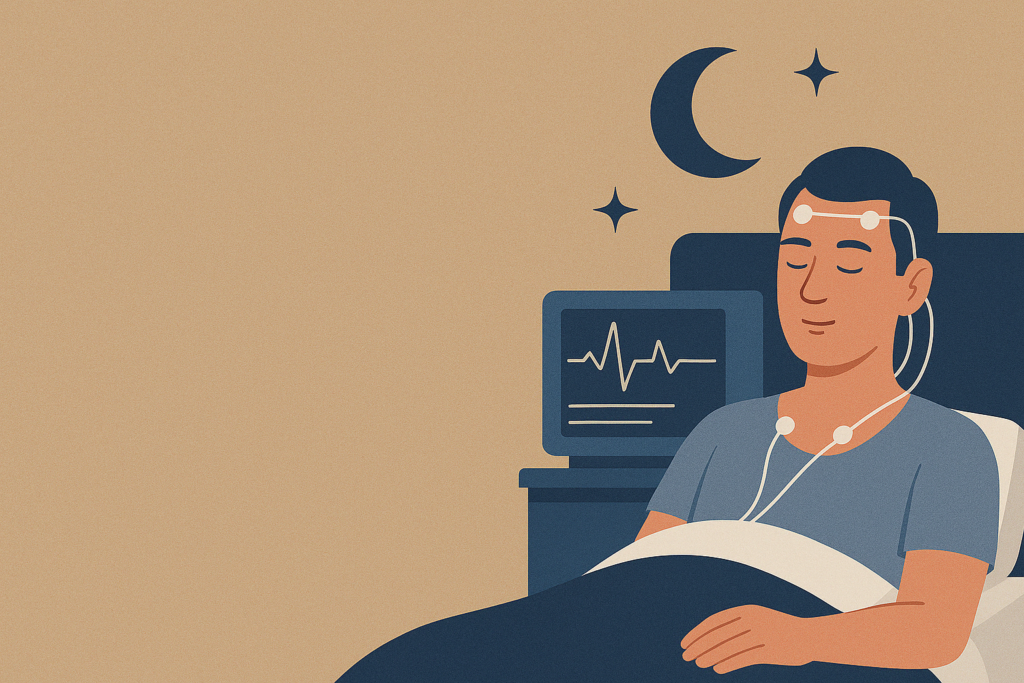

Sleep is the cornerstone of a healthy life, yet millions of people struggle with sleep-related issues that impact their physical and mental well-being. If you’ve ever tossed and turned at night, woken up feeling unrested, or suspected a sleep disorder, a sleep study might be the key to unlocking answers. But what exactly is a sleep study, and how can it help you achieve better rest? In this comprehensive guide, we’ll explore what sleep studies are, why they matter, and how they can pave the way to improved health and vitality.
Contents
- 1 What Is a Sleep Study?
- 2 Why Are Sleep Studies Important?
- 3 Common Sleep Disorders Diagnosed Through Sleep Studies
- 4 What to Expect During a Sleep Study
- 5 How to Prepare for a Sleep Study
- 6 What Happens After a Sleep Study?
- 7 The Future of Sleep Studies
- 8 Take the First Step Toward Better Sleep
- 9 Author Details
What Is a Sleep Study?
A sleep study, also known as a polysomnogram (PSG), is a non-invasive medical test that monitors various physiological activities while you sleep. Conducted in a sleep lab, at home, or through portable devices, a sleep study records data such as brain waves, heart rate, breathing patterns, eye movements, muscle activity, and oxygen levels. This information helps healthcare professionals diagnose sleep disorders and develop personalized treatment plans.
Sleep studies are typically recommended when someone experiences persistent sleep problems, such as difficulty falling asleep, staying asleep, or excessive daytime fatigue. They’re also used to investigate symptoms like loud snoring, gasping for air during sleep, or unusual behaviors like sleepwalking.
Types of Sleep Studies
Not all sleep studies are the same. Depending on your symptoms and medical history, your doctor may recommend one of the following types:
- In-Lab Polysomnography (PSG)
Conducted overnight in a specialized sleep center, this is the most comprehensive type of sleep study. You’ll be connected to sensors that monitor multiple bodily functions while you sleep in a comfortable, controlled environment. This study is ideal for diagnosing complex disorders like sleep apnea, narcolepsy, or restless legs syndrome. - Home Sleep Apnea Test (HSAT)
For those with suspected obstructive sleep apnea (OSA), a home sleep study offers a convenient alternative. You’ll use a portable device to measure breathing, oxygen levels, and heart rate from the comfort of your own bed. While less detailed than an in-lab study, it’s effective for diagnosing moderate to severe OSA. - Multiple Sleep Latency Test (MSLT)
This daytime test measures how quickly you fall asleep in a quiet environment, helping diagnose conditions like narcolepsy or idiopathic hypersomnia. It’s often conducted the day after an in-lab polysomnogram. - Maintenance of Wakefulness Test (MWT)
Used to assess how well you can stay awake during the day, this test is common for individuals in safety-sensitive jobs, like pilots or truck drivers, who need to prove alertness despite a sleep disorder. - Actigraphy
This involves wearing a wristwatch-like device for days or weeks to track sleep-wake patterns. It’s often used to evaluate insomnia, circadian rhythm disorders, or sleep patterns in children.
Each type of sleep study serves a unique purpose, ensuring accurate diagnosis and tailored treatment.
Why Are Sleep Studies Important?
Sleep disorders affect an estimated 50-70 million adults in the United States alone, according to the National Institutes of Health. Left untreated, conditions like sleep apnea, insomnia, or narcolepsy can lead to serious health complications, including heart disease, diabetes, depression, and impaired cognitive function. A sleep study provides critical insights into what’s happening while you sleep, enabling doctors to pinpoint the root cause of your symptoms.
Here are some key reasons why sleep studies matter:
- Accurate Diagnosis: Symptoms like snoring or fatigue can stem from multiple causes. A sleep study distinguishes between disorders like sleep apnea, restless legs syndrome, or even stress-related insomnia.
- Personalized Treatment: Once diagnosed, your doctor can recommend targeted therapies, such as CPAP machines for sleep apnea, medications, or lifestyle changes.
- Improved Quality of Life: Treating sleep disorders enhances energy levels, mood, productivity, and overall health, helping you live life to the fullest.
- Prevention of Complications: Early detection through a sleep study can prevent long-term consequences, such as hypertension or stroke, associated with untreated sleep disorders.
Common Sleep Disorders Diagnosed Through Sleep Studies
Sleep studies are instrumental in identifying a wide range of sleep disorders. Here are some of the most common conditions they help diagnose:
1. Obstructive Sleep Apnea (OSA)
OSA occurs when the airway becomes partially or fully blocked during sleep, causing pauses in breathing. Symptoms include loud snoring, gasping, and excessive daytime sleepiness. A sleep study measures the frequency and severity of these episodes, guiding treatment like CPAP therapy or surgery.
2. Insomnia
Chronic difficulty falling or staying asleep can stem from stress, medical conditions, or poor sleep hygiene. A sleep study, often combined with actigraphy, helps rule out other disorders and informs behavioral or medicinal interventions.
3. Narcolepsy
Characterized by sudden, uncontrollable sleep attacks during the day, narcolepsy is diagnosed through an MSLT following an overnight PSG. This condition requires lifelong management to improve alertness and safety.
4. Restless Legs Syndrome (RLS)
RLS causes uncomfortable sensations in the legs, leading to an urge to move them, especially at night. A sleep study monitors leg movements and sleep disruptions to confirm the diagnosis.
5. Parasomnias
Unusual behaviors like sleepwalking, night terrors, or REM sleep behavior disorder (acting out dreams) can be evaluated through a polysomnogram to assess brain activity and muscle movements.
6. Circadian Rhythm Disorders
When your internal clock is misaligned with your environment, you may experience delayed sleep phase syndrome or shift work disorder. Actigraphy and sleep studies help map out your sleep patterns for better management.
What to Expect During a Sleep Study
If you’re preparing for a sleep study, knowing what to expect can ease any anxiety. Here’s a step-by-step overview of a typical in-lab polysomnography:
- Arrival and Setup: You’ll arrive at the sleep center in the evening, usually around 8-10 PM. A technician will explain the process and attach sensors to your scalp, chest, limbs, and face. These sensors are painless and designed to stay in place while you sleep.
- Monitoring: Once you’re ready for bed, the technician will monitor your sleep from a separate room using cameras and equipment. You’re free to move naturally, and the sensors won’t restrict your comfort.
- Sleep Time: You’ll sleep as you normally would, though it may take time to adjust to the new environment. Most people sleep enough for the study to collect sufficient data.
- Morning Wrap-Up: In the morning, the technician removes the sensors, and you’re free to go home. Results are typically analyzed by a sleep specialist within a few days to a week.
For home sleep studies, the process is simpler. You’ll receive instructions on how to use the portable device, wear it overnight, and return it for analysis.
Tips for a Successful Sleep Study
- Avoid Caffeine and Alcohol: These can disrupt your sleep patterns, skewing results.
- Bring Comfort Items: Pajamas, a favorite pillow, or a book can make the experience feel more familiar.
- Follow Your Routine: Try to stick to your usual bedtime habits as much as possible.
- Communicate Concerns: Let the technician know if you’re anxious or have special needs, like a CPAP machine or medication.
How to Prepare for a Sleep Study
Preparation starts with a consultation with your doctor or a sleep specialist. They’ll review your symptoms, medical history, and sleep patterns to determine if a sleep study is necessary. You may be asked to keep a sleep diary for 1-2 weeks, noting when you sleep, wake, and experience symptoms.
Before the study, avoid naps on the day of the test, as they can affect your ability to fall asleep. Shower beforehand, as clean skin ensures better sensor adhesion, but skip lotions or hair products that could interfere.
What Happens After a Sleep Study?
Once the study is complete, a sleep specialist analyzes the data to identify abnormalities, such as breathing pauses, irregular brain waves, or excessive movements. You’ll receive a detailed report outlining the findings and any diagnosed conditions. From there, your doctor will discuss treatment options, which may include:
- Lifestyle Changes: Weight loss, improved sleep hygiene, or positional therapy for mild sleep apnea.
- Medical Devices: CPAP or oral appliances for sleep apnea.
- Medications: For conditions like narcolepsy or RLS.
- Therapy: Cognitive-behavioral therapy for insomnia (CBT-I) to address underlying causes.
Follow-up appointments ensure your treatment is effective, and additional studies may be recommended if symptoms persist.
The Future of Sleep Studies
Advancements in technology are making sleep studies more accessible and precise. Wearable devices, AI-driven analytics, and telemedicine are transforming how we diagnose and manage sleep disorders. In the future, at-home testing may become the norm, with sophisticated sensors providing lab-quality data without the need for an overnight stay.
Take the First Step Toward Better Sleep
If you suspect a sleep disorder or simply want to optimize your rest, a sleep study could be the answer. By uncovering the mysteries of your sleep, you can take control of your health and wake up to a brighter, more energized tomorrow. Talk to your healthcare provider today to see if a sleep study is right for you.
Author Details


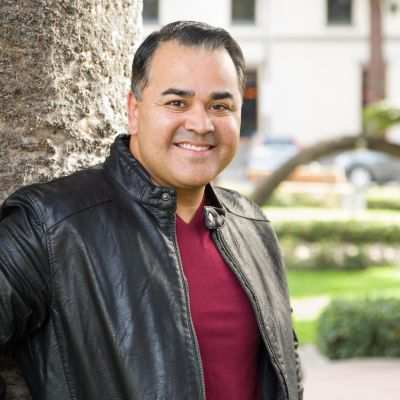

Medical content by qualified psychiatrists
Our editorial policy

Zopiclone precautions Read our potential abuse notice

Looking for a seller? Locate the best Zopiclone vendor

